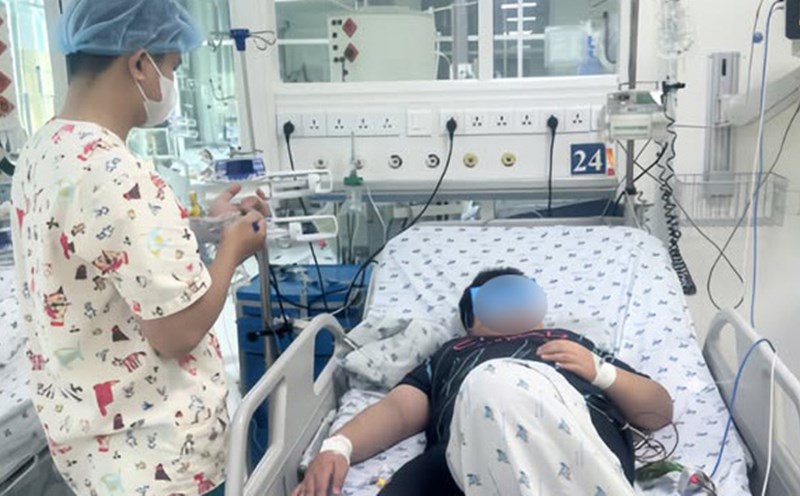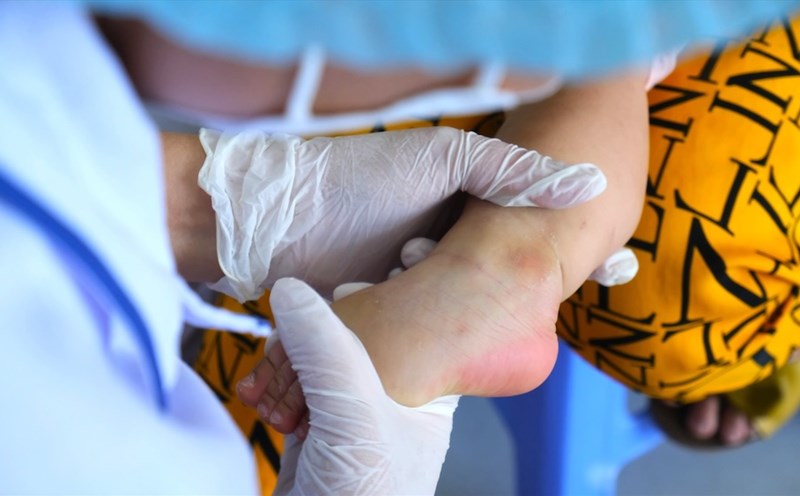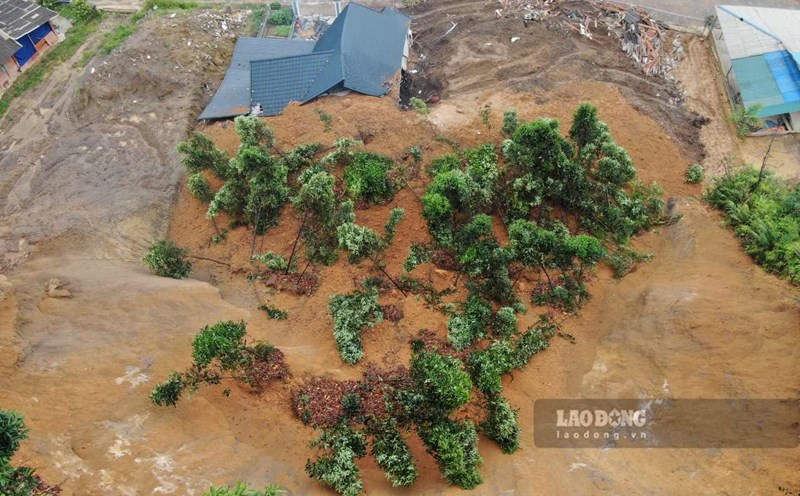Some localities have a sharp increase in the number of cases such as: Tay Ninh 274.3%, Dong Nai 191.7% and Ho Chi Minh City 151.4%.
According to Mr. Vo Hai Son - Deputy Director of the Department of Prevention, Ministry of Health - the dengue fever epidemic in Vietnam is still under control. However, the current weather conditions are very favorable for disease-carrying mosquitoes to develop, the risk of further increases in the coming time is entirely possible. Based on many years of practical experience, Mr. Son noted that the number of cases often tends to increase from June to December every year - coinciding with the period of heavy rain across the country.
Another worrying point is that the cycle of dengue fever outbreaks in recent years is shortening, from about every 5 years to 3-4 years. If localities do not implement drastic prevention and control measures from the beginning of the season, the risk of the epidemic breaking out again in 2025 is very high" - Mr. Son warned.
Associate Professor, Dr. Pham Quang Thai - Deputy Head of the Department of Infectious Disease Control (Central Institute of Hygiene and Epidemiology) - said that in the past, dengue fever tended to be "calm", meaning the disease broke out after a few years of subsidence. However, in recent years, especially since 2017, this law has not been valid. Forecasting dengue fever is becoming more and more difficult.
According to Associate Professor Thai, Vietnam is currently a wide area of dengue fever in the Asia-Pacific region, clearly shown on the epidemiological map with many areas in red. He warned that if the number of cases is not well controlled, the number of severe cases and deaths can increase rapidly. At that time, the response will become much more passive and difficult.
"Only when the epidemic has broken out strongly, will it be too late to focus on prevention and control" - Mr. Thai warned.












